If your car won't start, the first thing you should do is test the battery. Luckily, there are some simple ways to test your battery at home before calling for a tow truck. In this blog post, we'll show you how to test a car battery using a multimeter and how to interpret the results. Stay safe on the road this winter by knowing whether or not your car battery is up to the task!
To test your car battery, you'll need a digital multimeter. You can find one of these at any hardware store or online from Kaiweets.
What do you need to test a car battery?
· A Multimeter:
You need a multimeter to test the voltage of your battery. A voltmeter will do if you don't have a multimeter.
· A Battery Charger:
If your battery is dead, you'll need a charger to revive it. A trickle charger is best for long-term storage, while a standard charger will work for shorter periods.
· Safety Gear:
When working with batteries, it's always important to wear safety gear like gloves and glasses. This will protect you from the acid in the battery, which can be harmful.
Testing the voltage of your battery is the best way to determine if it needs to be replaced. You can do this with a multimeter or a voltmeter. If the reading is 12.6 volts or higher, the battery is considered healthy. If it's below 12.6 volts, the battery may need to be replaced.

How to test a car battery with a multimeter?
1. Check the voltage of the battery:
The healthiest car batteries will have a voltage of 12.6 volts or higher. If the voltage is below 12.6 volts, it needs to be replaced.
2. Test the battery's amperage output:
A multimeter can be used to test the amperage output of a car battery by measuring the amount of current flowing through the battery terminals. The ideal output should be between 60 and 80 amps.
3. Conduct a load test on the battery:
A load test measures how much current the battery can provide when under load (e.g., when the engine is started). To conduct a load test, connect a multimeter to the positive and negative terminals of the battery and then start the engine. The multimeter should register a drop in voltage of no more than 0.5 volts.
4. Inspect the battery terminals and connections:
Look for any corrosion or build-up on the terminals and clean them off if necessary. Also, make sure that the connections are tight and secure.
5. Have the battery tested by a professional:
If you're still not sure about the condition of your car battery, it's best to have it tested by a professional. They will have the proper equipment and expertise to give you an accurate diagnosis.
How to measure the voltage of a car battery?
- To measure the voltage of your car battery, you will need a multimeter.
- Once you have a multimeter, set it to the proper voltage setting.
- Touch the probes of the meter to the positive and negative terminals of the battery.
- The multimeter will then give you a reading of the voltage that is present in the battery.
- If the battery is 12 volts, then it is fully charged. If the battery is less than 12 volts, then it needs to be charged.
- You can also test the voltage of the battery by starting the car and measuring the voltage at the battery terminals with the engine running. The voltage should be between 13.5 and 14.5 volts if the alternator is working properly.
- If you see a reading that is lower than this, then the alternator may not be charging the battery correctly and may need to be checked by a mechanic.
- Always make sure to disconnect the negative terminal of the battery before working on any electrical components in your car! This will prevent accidental electrical shocks.
How to check the battery terminals?
If you are unsure whether your battery terminals are clean or not, it is always best to check them. This can be done by using a multimeter to check the voltage drop across the terminals.
If the voltage drop is greater than 0.2 volts, then this indicates that there is a high resistance connection between the terminal and the battery post. This could be caused by corrosion on the terminals or poor contact between the terminal and the battery post.
In order to clean the terminals, you can use a wire brush or a toothbrush to remove any corrosion that may have built up on them. If there is still a high resistance connection after cleaning, you may need to replace the terminals.
How Can I Tell If My Car Battery Is Faulty?
It can be frustrating when your car won't start. There are a few things that could be causing the problem, but one of the most common is a bad battery.
Here are a few signs that your car battery might be going bad:
- The engine is slow to start
- The headlights are dim
- The car stereo is weak
- There are cracks or leaks in the battery case
If you notice any of these signs, it's a good idea to take your car to a mechanic and have the battery checked. They can perform a simple test to see if the battery is holding a charge and needs to be replaced.
Frequently Asked Questions:
What can drain a car battery when the car is off?
There are a few things that can cause your car battery to drain when the car is off. If you have a bad alternator, it can cause your battery to drain.
A bad alternator can also cause your car to not start. If you leave your headlights on while the car is off, it will also drain your battery. Another thing that can drain your battery is if you have an aftermarket stereo or other electronic devices that stay on when the car is off. If any of these things are happening, it's best to get them fixed as soon as possible so you don't run into any problems down the road.
How many years do car batteries last?
The average car battery lasts between three and five years. However, if you live in a hot climate or frequently use your car's accessories (like the heater or air conditioner), your battery may not last as long. Hot weather can cause the chemicals inside the battery to break down faster while using your car's accessories can put a strain on the battery and shorten its lifespan. If you take good care of your car battery and keep it properly charged, you can help it last longer. With proper maintenance, some car batteries have been known to last up to 10 years.
How do you check the voltage of a car battery without a multimeter?
You can check the voltage of your car battery by starting the car and checking the voltage at the alternator. The alternator should be producing around 14 volts when it is running. If it is not, then there may be an issue with the alternator or the battery. You can also check the voltage of the battery by using a voltmeter to measure the voltage at the battery terminals. The voltage should be around 12.6 volts when the car is off and should increase to around 14 volts when the car is running. If it does not, then there may be an issue with the charging system.

Conclusion:
In conclusion, testing your car battery at home is a relatively simple process that can save you time and money. By following the steps outlined in this article, you can easily determine whether or not your battery needs to be replaced.
If you have any questions about how to test a car battery, or if you would like more information on car batteries in general, please contact us. We would be happy to answer any of your questions.



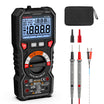

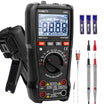
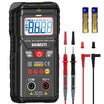
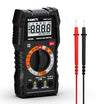
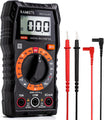
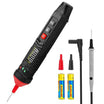
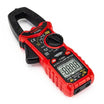

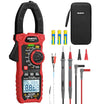


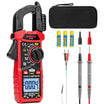











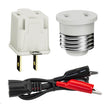
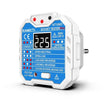

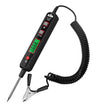


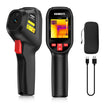


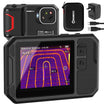














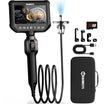











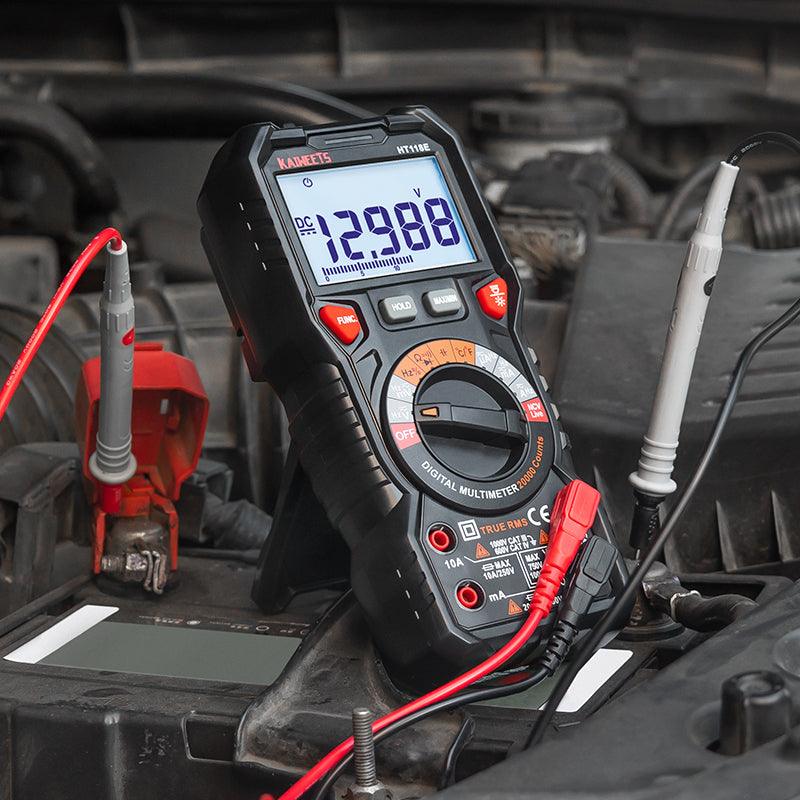


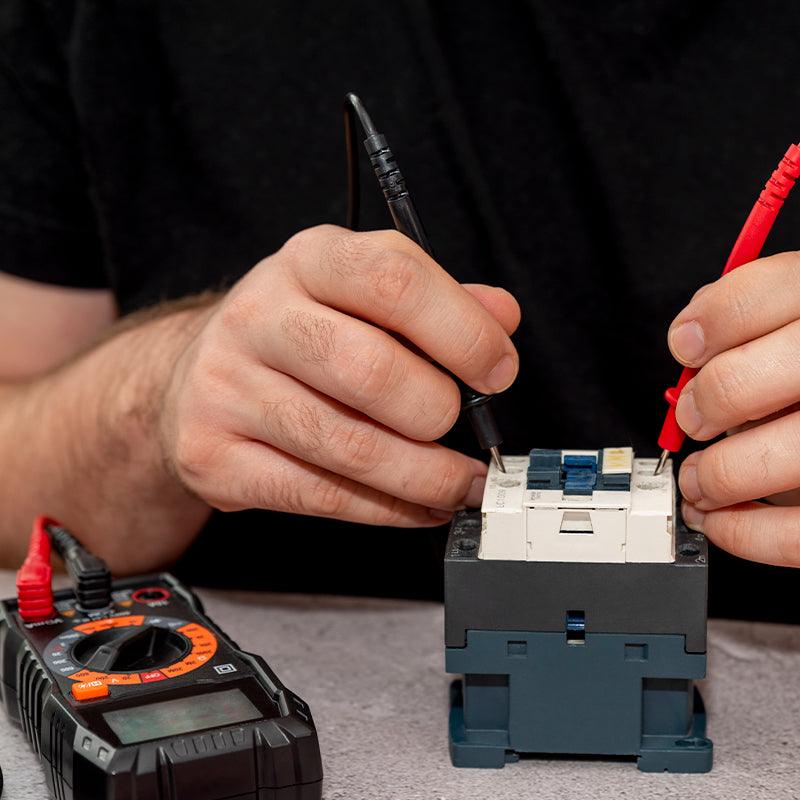
Leave a comment
All comments are moderated before being published.
This site is protected by hCaptcha and the hCaptcha Privacy Policy and Terms of Service apply.